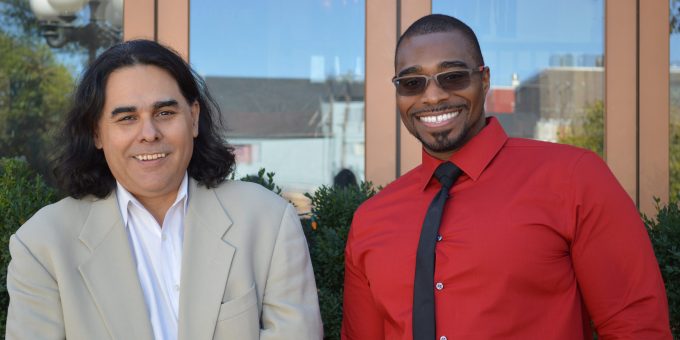
Letter from the Editors, Spring 2019
Close your eyes. Imagine a world where it is just as easy to move from Mexico to California as it is from Philadelphia to New York. Imagine a world where you don’t have to wait years for a visa, pay thousands of dollars in fees, and prove you aren’t a criminal, just to get a job waiting tables. Imagine a world where families aren’t separated by government immigration agents and no one is deported.
It is the world that your ancestors might have known if they migrated to America before the 1920s. But it is not the world we have today. Our world is one where the argument is between a President who wants a wall and a Congress that wants to increase funds for border surveillance. Our world is one where people cry out when immigration agents separate families, but see the deportation of intact families as a just and sound policy. Our world is one where the mother and child on our cover are forced to live in sanctuary at a Pennsylvania church, because to leave it, to be returned to the country they fled, risks death.The future will need people who understand that migration is normal, not criminal. To get there, we will need vision and heart, but also knowledge. In this issue some of the nation’s leading scholars explain how dysfunctional and cruel our current migration system is and propose ways to get to a much better place.
Among our exploration of migration in the Spring 2019 issue, you will find Jonathan Portes on the economic effects of immigration and emigration, René Flores and Ariela Schachter mapping the contours of social illegality, Pallavi Banerjee and Lina Rincón interviewing tech workers living and working in ways that are limited and liminal because of their H-1B visas, Andrew Smolski on the reforms needed to make the H-2A visa less exploitative, Tanya Golash-Boza and Yajaira Ceciliano-Navarro considering the personal upheaval and inhumane consequences of deportation, and Molly Fee and Rawan Arar centering the global effects of America’s shift away from its foundational promises.
As usual, the rest of the issue is studded with gems for the inquiring reader. Patricia Banks goes into the elite art world, where few Black artists headline auction catalogs and Black women artists are scarcer still. We learn that the same women are largely invisible in recreational distance running, but see how Afrofuturism can center Black women in ways that energize as powerfully as a brisk run. Elsewhere, our intrepid authors consider racial inequality by looking at policing people
#LivingWhileBlack and the ways authorities stereotype and over-police not only people, but places. And we look to the art of Jade Olivo/Puppies Puppies and its intersections with migration across all sorts of lines.
Working on this issue has reinforced our conviction that sociology is an academic discipline in which knowledge and social change come together. By documenting progresses and failures, it can inspire, justify, and structure action. Sociology is about intellectual, moral, and literal vision—all at once. And on the back cover of this issue, you’ll find another photo of our friend living in sanctuary, Suyapa Reyes. This one is about a vision for the future, for that world in which immigration connects, rather than tears apart. In this photo, Suyapa reminds us: Love has no borders. More than a slogan, can this be a sociological call to empathy and action? We hope this issue is our answer.
